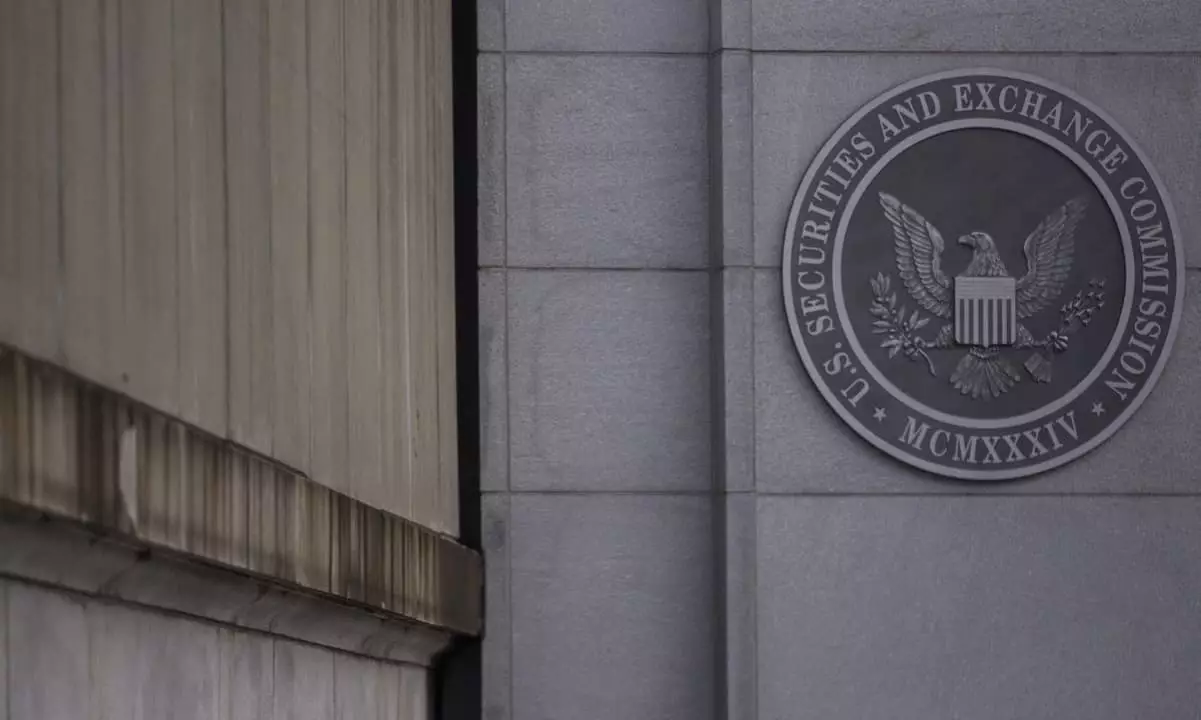The Securities and Exchange Commission (SEC) recently made headlines when it disclosed a security breach on its social media account. This incident, which occurred just before the formal approval of spot Bitcoin exchange-traded funds, highlighted the vulnerability of even the most secure organizations to cyberattacks. On January 9, 2024, unauthorized posts regarding the approval of spot Bitcoin ETFs surfaced on the SEC’s compromised Twitter account. It was later revealed that the breach was a result of a “SIM swap” attack, where an unauthorized party gained control of the SEC’s cell phone number associated with the account.
One critical aspect that drew attention was the disabling of multi-factor authentication (MFA) on the compromised account. The SEC admitted that MFA had been disabled on the account since July 2023 due to issues accessing the account. While the disabling of MFA was a temporary measure taken at the staff’s request, it remained disabled until after the account was compromised. This lapse in security allowed the unauthorized party to gain unauthorized access and post false information on the account.
In its statement, the SEC assured the public that there is no evidence to suggest that the unauthorized party gained access to its systems, data, devices, or other social media accounts. However, the agency acknowledged the concerns about the security of its social media accounts and emphasized its commitment to cybersecurity obligations. The SEC is coordinating with law enforcement and federal oversight entities to assess the impacts of the breach on the agency, investors, and the marketplace. As investigations continue, the SEC has vowed to provide updates on the incident and take necessary remedial measures to address concerns about the security of its social media accounts.
The SEC’s security breach serves as a wake-up call for organizations worldwide. It underscores the importance of implementing robust cybersecurity measures to protect against increasingly sophisticated cyber threats. Organizations must prioritize the use of multi-factor authentication, which adds an extra layer of security. By requiring users to provide multiple forms of identification before gaining access to an account, the risk of unauthorized access is significantly reduced. The disabling of MFA, as seen in the SEC’s case, demonstrates the potential consequences of neglecting this crucial security measure.
The incident also sheds light on the risks associated with using social media platforms for sensitive communication. The SEC reiterated that it does not use social media channels to make its actions public, and such posts only amplify announcements made on its official website. This statement serves as a reminder to individuals and organizations alike to exercise caution when relying on social media for official communications. While social media platforms can be valuable tools for disseminating information, they should not be considered secure or authoritative sources.
The SEC’s security breach provides valuable lessons for organizations of all sizes. It underscores the need for continuous assessment and improvement of cybersecurity practices. Organizations must prioritize the implementation of multi-factor authentication and regularly review and update their security protocols. Furthermore, employees should be educated about the risks of social engineering and phishing attacks, such as SIM swap attacks, as they continue to evolve in sophistication.
The SEC’s security breach emphasizes the importance of robust cybersecurity measures in today’s digital landscape. Organizations must remain vigilant in protecting their assets, data, and reputation from cyber threats. By learning from incidents like this and implementing proactive security measures, organizations can mitigate the risk of breaches and safeguard their valuable information.



Leave a Reply